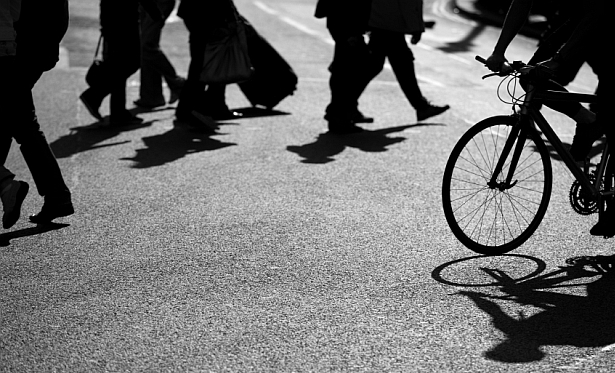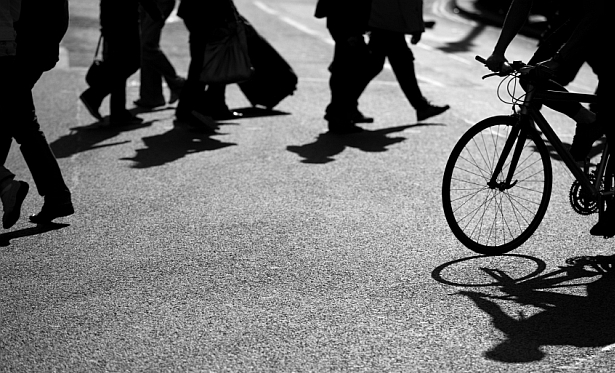 I expected to hear a lot more about sexy green urban design projects at the New Partners in Smart Growth conference in Seattle last week. I expected more sleek design and big new developments akin to Dockside Green in Victoria, British Columbia, or Vancouver’s Olympic Village.
I expected to hear a lot more about sexy green urban design projects at the New Partners in Smart Growth conference in Seattle last week. I expected more sleek design and big new developments akin to Dockside Green in Victoria, British Columbia, or Vancouver’s Olympic Village.
Maybe American urban planners are better at keeping it real, or maybe the real estate market isn’t allowing many such ambitious projects, but shiny New Urbanist developments didn’t get a lot of attention. Instead, discussions kept returning to a recurring problem: Americans live too damn far from where they work.
Decades of bad development policy have left homes isolated from workplaces, stores, and civic centers. As a consequence, we lose time at home, exercise less, breathe dirtier air, spend more on fuel, release more greenhouse gases, and require more foreign oil.
It’s a drag on our businesses too, Secretary of Housing and Urban Development (HUD) Shaun Donovan said on Thursday evening. “The impact of this mismatch goes straight to the competitiveness of our economy,” he said. “Businesses can’t compete in the global economy without a workforce that can afford to live near them.”
He blamed the real estate industry for encouraging homebuyers to move farther and farther into the exurbs in search of cheap homes. “Lenders bought into the ‘drive to qualify’ myth as well, giving easy credit to homebuyers without accounting for how much it might cost families to live in these areas,” he said.
Donovan was at the conference with Transportation Secretary Ray LaHood and EPA Assistant Administrator Mathy Stanislaus (filling in for Administrator Lisa Jackson) to announce the Partnership for Sustainable Communities, a new initiative of the three agencies. Donovan and LaHood owned up to the damage their departments have caused in the past—federally funded freeways that divided urban neighborhoods, federally funded housing projects far away from transit hubs. Maybe accepting “blame” for previous administrations is disingenuous, but it was also remarkable to hear them speaking with enthusiasm for walkable, human-scale communities.
“For the first time, the federal government has embraced these principles of smart growth. The Obama Administration recognizes that making urban, suburban and rural communities more livable is essential to our nation’s shared economic future,” Donovan, LaHood, and Jackson wrote in an op-ed Thursday.
The solution favored by most of the planners, architects, HUD and EPA officials, and local office-holders at the conference is mixed land use, quite possibly the least evocative name imaginable. But as poverty and justice advocates remind us, it doesn’t hold the same appeal for everyone.
When people talked about walking, though, they seemed to meet almost instinctively on the same page. There wasn’t a big focus on how walkable neighborhoods are a benefit to the climate, public health, and public safety. Everyone here seemed to understand that already. Instead, people talked about how they simply liked being in places that were built to the scale of people, not autos.
The EPA’s Stanislaus held up a T-shirt that said, “The pedestrian is the indicator species of a healthier community,” and drew big applause.
Walkability “guru” Dan Burden attracted fans (and groupies?) around the conference hall.
A woman in a video about Chicago’s economically diverse, award-winning Parkside of Old Town neighborhood said, “I feel more alive just being outside here.”
People don’t tend to say that about parking lots. Walkers signal something about what human spaces are supposed to be. They suggest a functioning civilization. You don’t have to make a lot of arguments for that.




